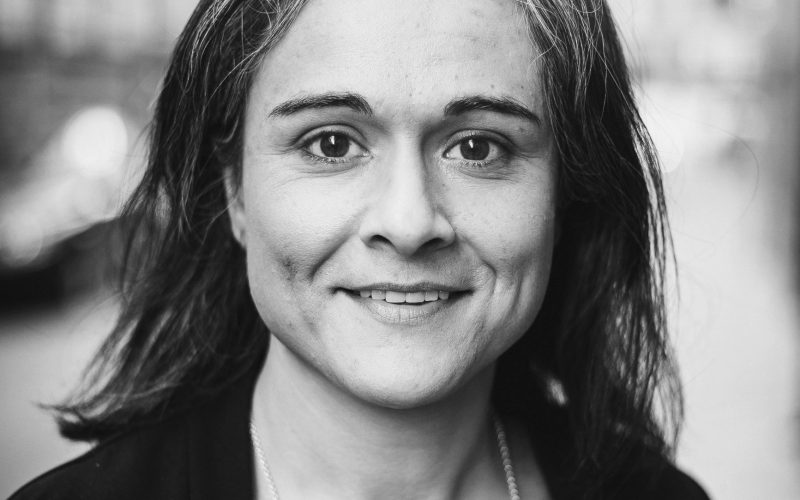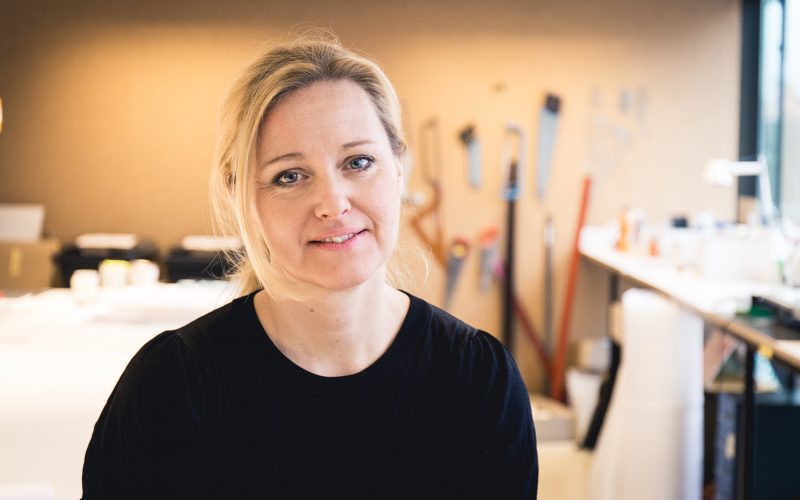Shall we just quit and stay at home?
Sustainability is complex, no doubt about it. But quitting before even getting started saving the planet is surely not an option. Here’s Ivana Kildsgaard on conquering the sustainability challenges of the building sector.
The state of our environment is alarming. Each day new reports warn for devastating environmental and socio-economic consequences if we should fail to limit global warming to 1,5 degrees Celsius. Numerous references show that with current pledges, defined by the signatories of the Paris agreement, the average temperature rise projected by year 2100 might end up at 2,9 degrees warmer than today. Among others, Johan Rockström, warns that we need to cut greenhouse gas emissions by half by 2030! Impossible—many might say.
So, what are Tengbom’s alternatives? We can quit and stay at home. Our profession is after all one of those that, to a large extent, contributes to global warming, often called ‘the 40 percent sector’. Each project we are involved in creates an environmental and climate impact, today and tomorrow. In fact, in order to reach Rockström’s targets one might suggest the best thing would be to stop all operations within the building sector. This would, however, cause direct socio-economic consequences. So, quitting is not a realistic option.
Each project has only one chance to succeed, and it is our responsibility to see that it does.
The other alternative is to make our projects truly sustainable. As architects and engineers, working with city planning, buildings, landscape, infrastructure and interiors, as well as project management, we have a possibility to genuinely affect every project’s sustainability profile. Each project has only one chance to succeed, and it is our responsibility to see that it does and to maximize its potential.
Sustainability is very complex, no doubt about it. It is widely accepted that collaboration is the key if we want to successfully work with sustainability. Still, with respect to our profession and role, we need to be aware of the four aspects which affect each project’s outcome.
These are:
- Optimization of a project’s environmental profile; where minimizing negative climate, environmental and health impact, as well as minimising use of raw resource lies in focus.
- The needs and well-being of citizens today and in the future. Adapting to the the speed of change that our society is going through and focusing on the challenges occurring with an aging population, urbanization, geopolitical tensions, social media evolution, digitalisation and AI dominance.
- Economic profitability; where new investment calculation models, including new business models for operations, are needed to secure long-term profitability and value of our projects.
- Finally, architectural identity and quality that secures longevity and future heritage.
In other words, how can we ensure that the choices we make in each project are right for the planet, people, economy and identity of our cities, when we still work with old fashioned perceptions of a perfect world? Especially when we’re still using old building and investment models, and living in the belief that solving the world’s problems is somebody else’s task? Clearly, there’s no simple answer, nor a quick and easy evaluation tool. What we can do today is accept the responsibility to fully explore the sustainability potential of every one of our projects. We should not be afraid to question the requirements and ambitions. And we should dare to disrupt old fashioned working methods, while utilising our co-creative approach to its full potential. We must use the potential of new digital tools and solutions, provided by, among others, our own ArchTech & Future. By aligning and collaborating with the best we will ensure both good results, knowledge development and increase our competitiveness.
We should dare to disrupt old fashioned working methods.
By being engaged in different forums and platforms, like the Uppsala Climate Protocol, Roadmaps for fossil free competitiveness, 100Gruppen, and more, we can explore and develop new solutions beneficial to us all. Today we don’t have the luxury to keep state-of-the-art solutions and tools to ourselves. We need to be generous and share our knowledge and experiences with others. One of Tengbom’s core values is the belief in Collective Intelligence—meaning that the intellectual power of a group is greater than that of one individual. Knowledge sharing can be done in several ways, among other conferences open for both research and industrial actors. One which will specifically address susatinable buildings and neighbourhoods is the 1st Nordic Conference on Zero Emission and Plus Energy Buildings, held in Trondheim 6-7 November 2019. I hope to see many of you there.
References, facts and reflections:
A summary of seven charts, easy to read, can be found at BBC. For those even more interested check-out IPCC.
As citizens we are responsible for a large amount of greenhouse gas emissions. According to the Swedish Environmental Protection Agency each person in Sweden on average contributes to emitting 10,11 ton CO2 equivalents per year. The figure includes both private consumption (ca 7 ton CO2 ekv. for household use – food, living, transport and personal commodities) and public consumption and investments (buildings and machines). More on different calculation models here. In order to meet the Paris targets our average contribution of greenhouse gas emissions per person per year should be less than 1 ton until 2050.
In 2010 and 2011 the One ton life project was carried out by several Swedish actors. The Lindell family tried reducing their environmental footprint from 7,3 ton to 1 ton CO2 ekv per year. By tremendous efforts they managed to go down to 1,5 ton. To achieve this, drastic changes were made in their lifestyle, from transportation (no recreation or holidays, avoiding busses), food choices (vegan diet), accommodation and energy (limited living quarters and extreme water rationalisation) as well as other sources (cut back on recreation, no restaurant or café visits). The conclusion was that this kind of lifestyle was almost impossible to implement as mainstream.
A study performed by Swedish Environmental Protection Agency shows that 8 out of 10 Swedes believe that they themselves can do something to stop climate change. That means at least 520 Tengbom employees are willing to do something about it. I actually hope that we can be one of those companies where a 100% of our employees are willing to engage and take action for the climate.


